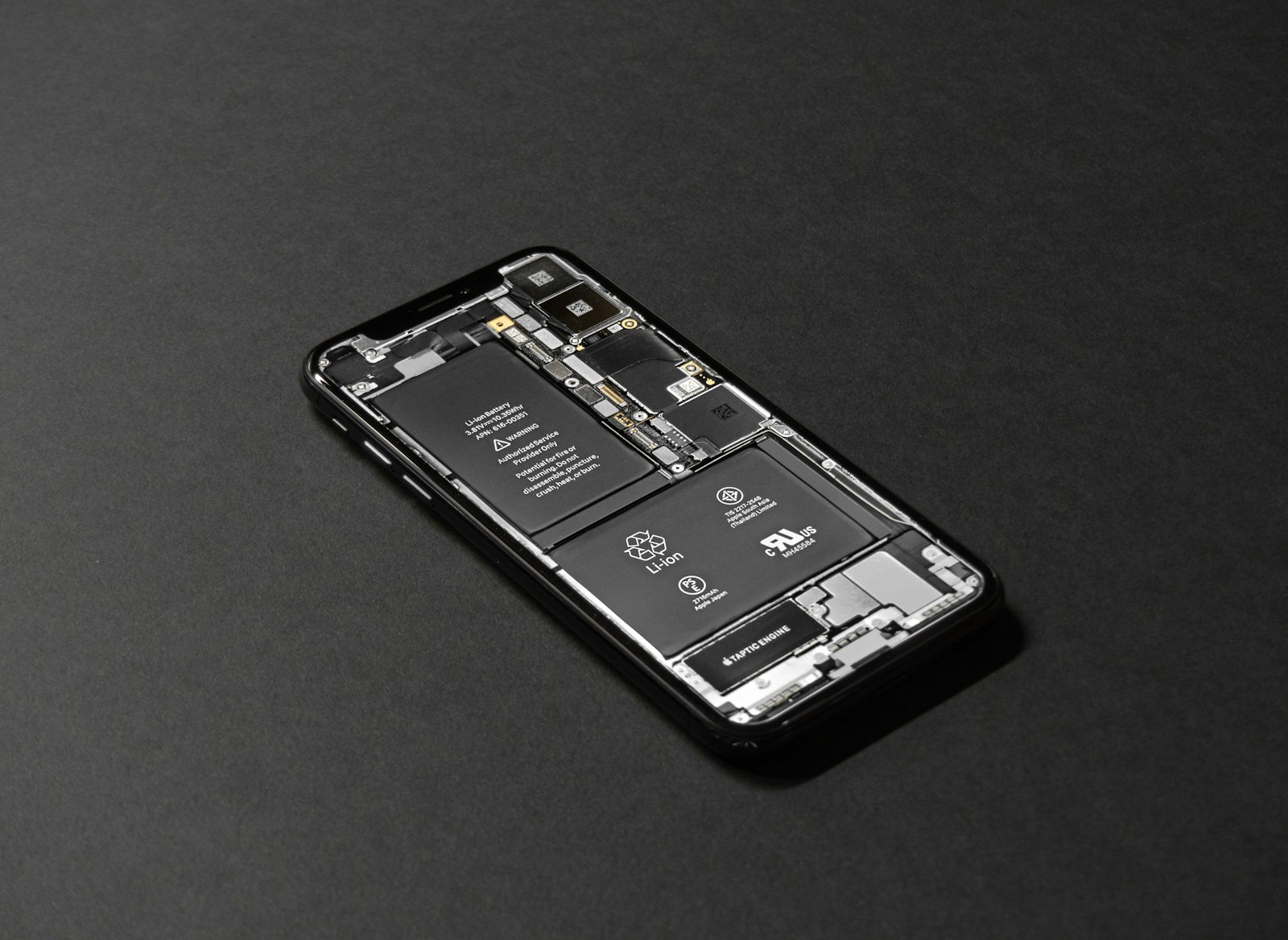The Lithium Crisis: What You Need to Know
Nobody remembers the first chemist who stumbled onto the element lithium or the mechanic who figured out how to make rechargeable batteries work. These weren’t individuals looking for fame or admiration—they were simply practitioners good at their craft, and they kept at it. The same pragmatic approach drove the rise of lithium technologies that shape the modern world today.
Lithium is woven tightly into all aspects of our high-tech lives. It powers our phones, our cars, our renewable energy grids. Yet, the path to this future has bumps—the so-called Lithium Crisis. It’s not caused by a lack of innovation or some sudden misstep by the mining companies but by a fundamental mismatch between rising demand and the planet’s limited ability to meet it.
What is Lithium and Why Does It Matter?
The periodic table isn’t particularly glamorous, but lithium stands out among the crowd. Small and light, it’s the ultimate minimalist performer. It has an excellent energy-to-weight ratio, making it an essential ingredient for the rechargeable batteries that drive everything from smartphones to electric vehicles.
What sets lithium apart is its ability to store and release energy efficiently. Without lithium, the battery technology we rely on today simply wouldn’t exist in its current form, and the dream of transitioning to clean energy on a global scale would be almost impossible.
The Growing Demand for Lithium
Tech futurists and energy companies are leaning heavily on lithium-powered batteries to transform entire industries. Electric vehicles (EVs) are becoming the poster child for this revolution, with brands like Tesla and Rivian transforming the global auto market. Meanwhile, increasingly widespread solar farms and other renewable projects depend on lithium-based batteries to store energy for when the sun isn’t shining or the wind isn’t blowing.
We are moving toward a world where almost every electronic innovation depends, in part, on lithium. Yet, while the demand curve skyrockets, the straightforward ability to produce enough of this material lags behind.
Where Does Lithium Come From?
Lithium doesn’t exactly grow on trees. It has to be mined, extracted, and refined, and the process isn’t simple. Most of the world’s lithium supply comes from just a few countries, including Chile, Australia, and Argentina. These nations control vast reserves of lithium-rich salt flats, known as salars.
Here’s the problem: mining lithium is resource-intensive, requiring massive amounts of water and land. Much of this activity takes place in ecologically sensitive regions, leading to environmental concerns that clash with lithium’s clean-energy image.
So while technologies powered by lithium may seem clean, the supply chain still involves human and planetary costs, with extraction and refinement leaving a significant environmental footprint.
The Major Challenges Behind the Lithium Crisis
Environmental Concerns and Resource Strain
For every new electric car you see quietly gliding through a city street, there’s a ripple effect happening thousands of miles away, where lithium is being extracted. Eco-activists and researchers are raising a red flag about the toll this takes on biodiversity and freshwater resources. Salt flats in South America are at risk, and communities relying on this water supply are caught in a growing debate between development and conservation.
The tension is straightforward: we need lithium to “go green,” but we might harm the planet more in our rush to extract it.
Geopolitical Dependence
Most of the world’s lithium production is concentrated in just a handful of countries, raising the specter of supply chain vulnerabilities. If you think oil politics are fierce, lithium geopolitics might be just as bad. Countries that dominate the lithium supply chain wield a certain degree of influence over the global high-tech economy, leading to trade skirmishes and resource nationalism.
On top of that, the production pipeline is heavily concentrated in a few corporations, making the market less competitive and more prone to price manipulation.
Recycling and the Circular Economy Problem
One obvious way to relieve the pressure would be to recycle the lithium that’s already out there. However, we’re nowhere close to a circular economy for battery materials. Lithium recycling technology is still in its infancy, largely due to cost. It’s still cheaper to mine new lithium than to extract it from old batteries, which only compounds the pressure on limited lithium supplies.
Looking Ahead: A Call for Innovation
What’s required to navigate the lithium crisis is a mindset shift—the same kind that made lithium batteries possible in the first place. The people answering this call don’t need to be geniuses. Like the midwives of tech revolutions past, they simply need to persist, show up to the problems of supply, demand, and technology obstacles, and get to work.
If there’s one truth to take away, it’s that the lithium crisis isn’t about running out of material today—it’s about whether we can solve the complex set of challenges tomorrow. And while the end result might be elusive, the work is already underway.
“`
